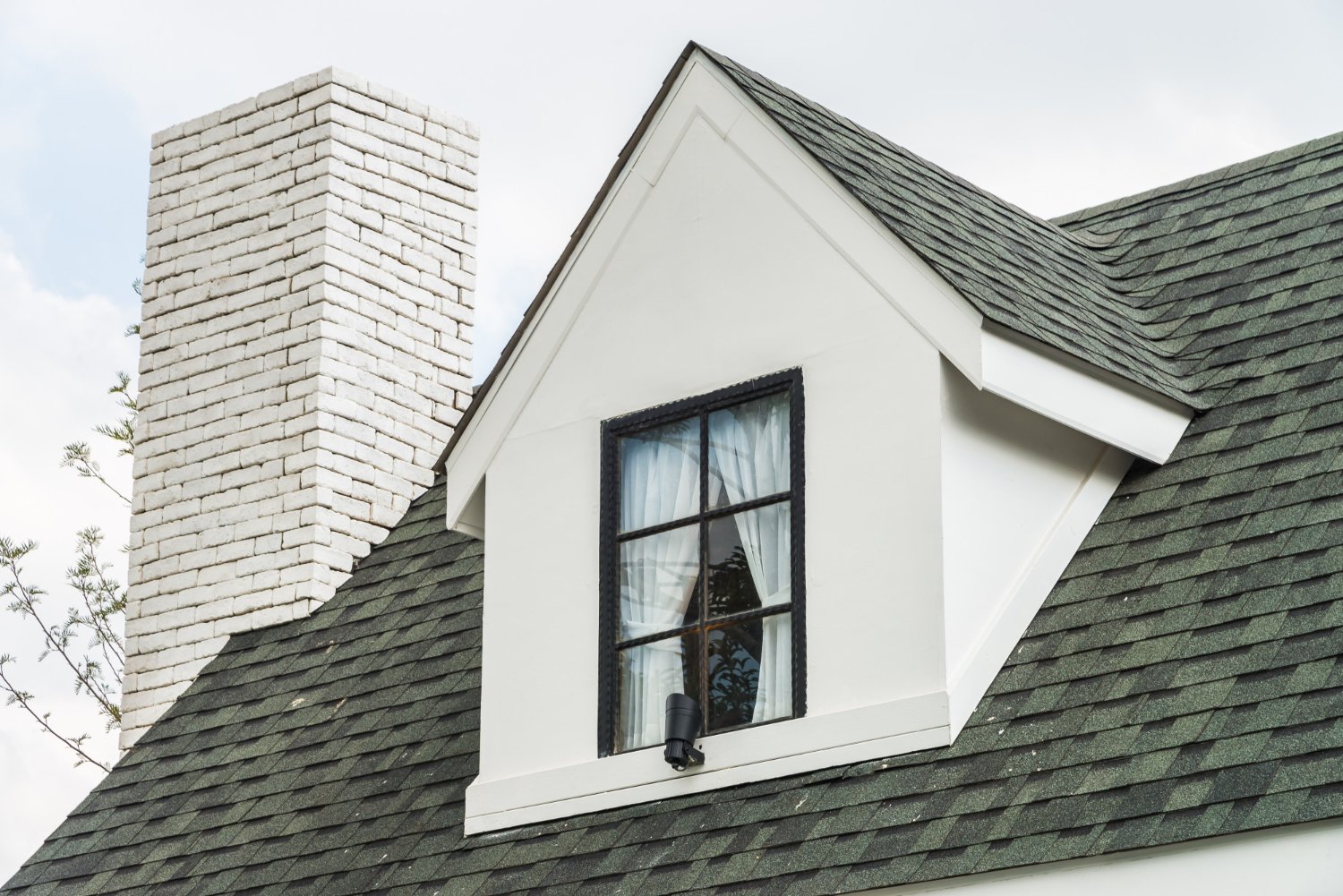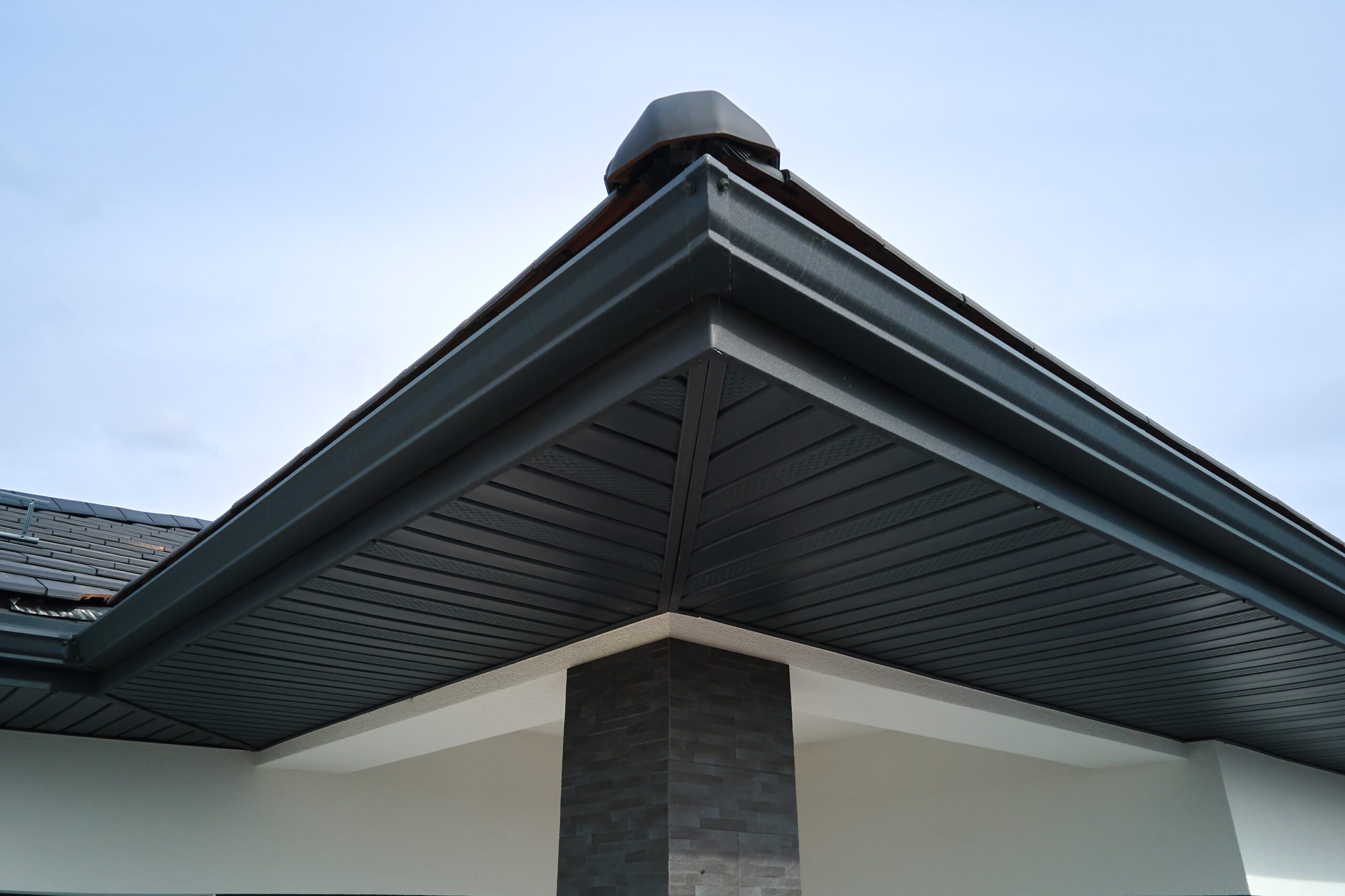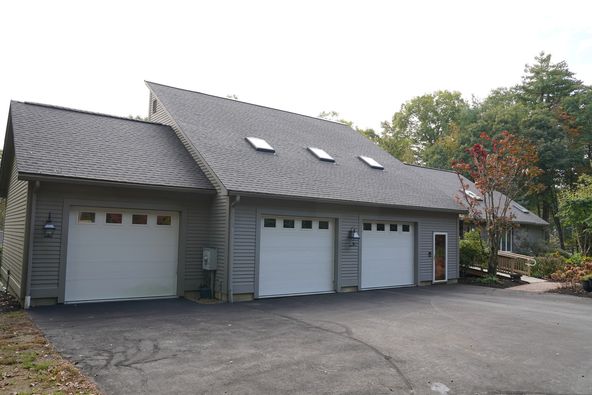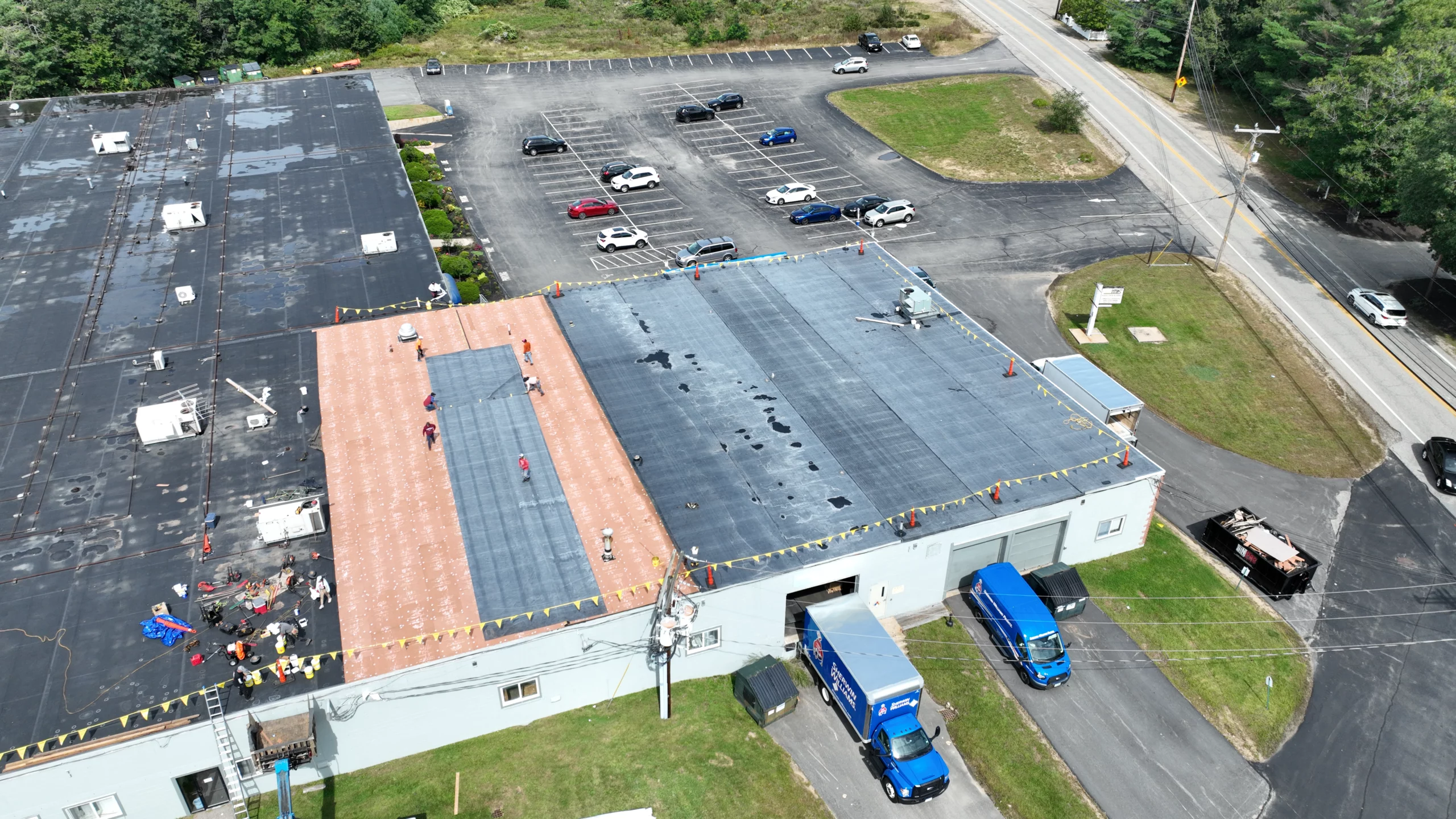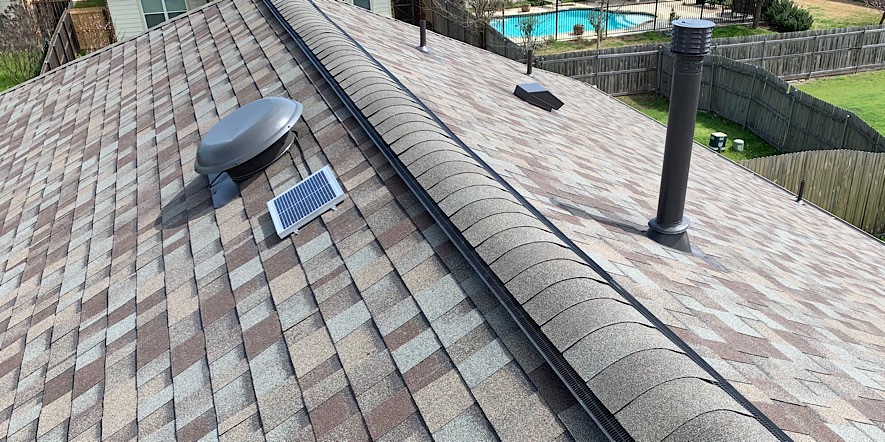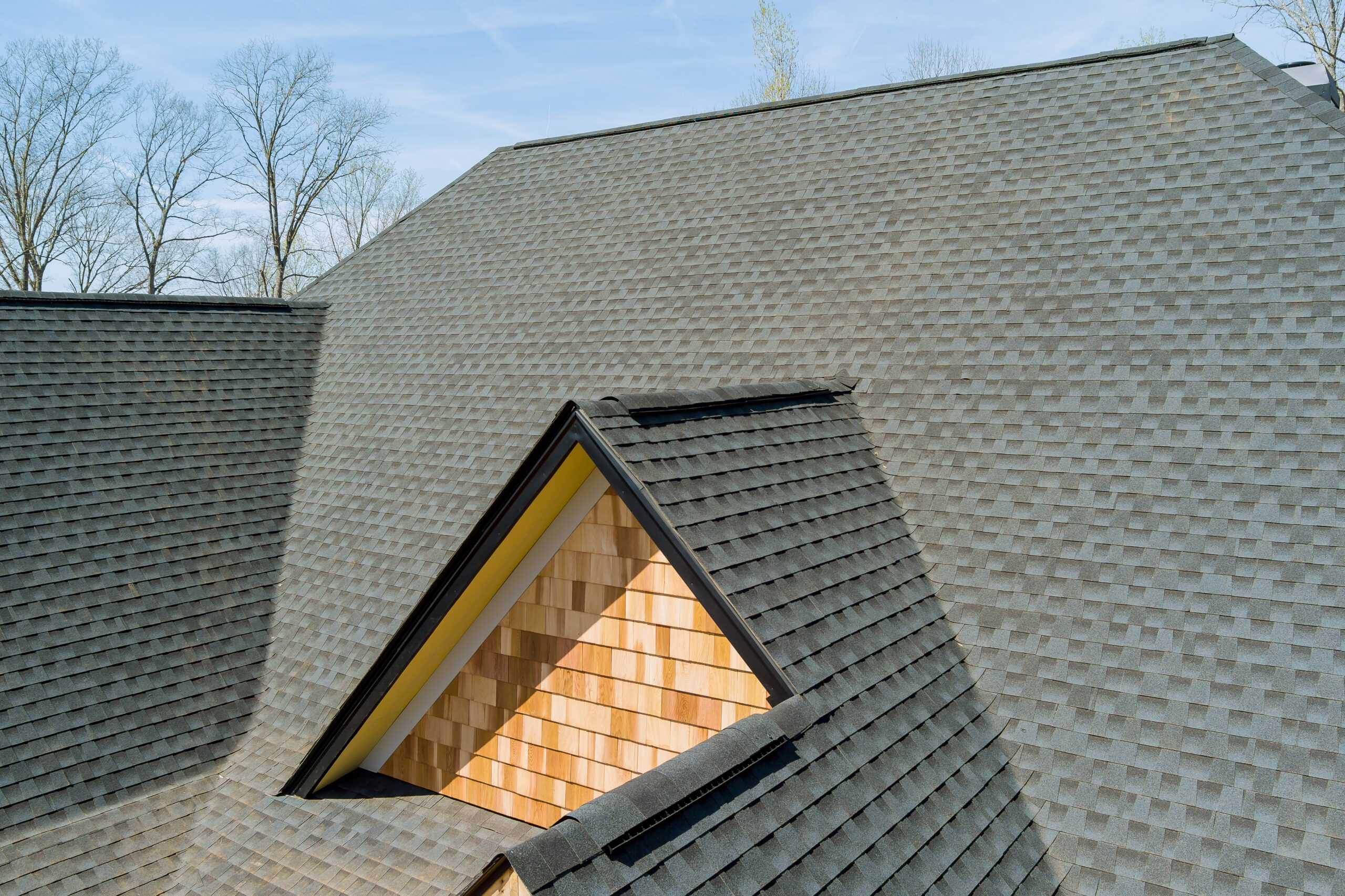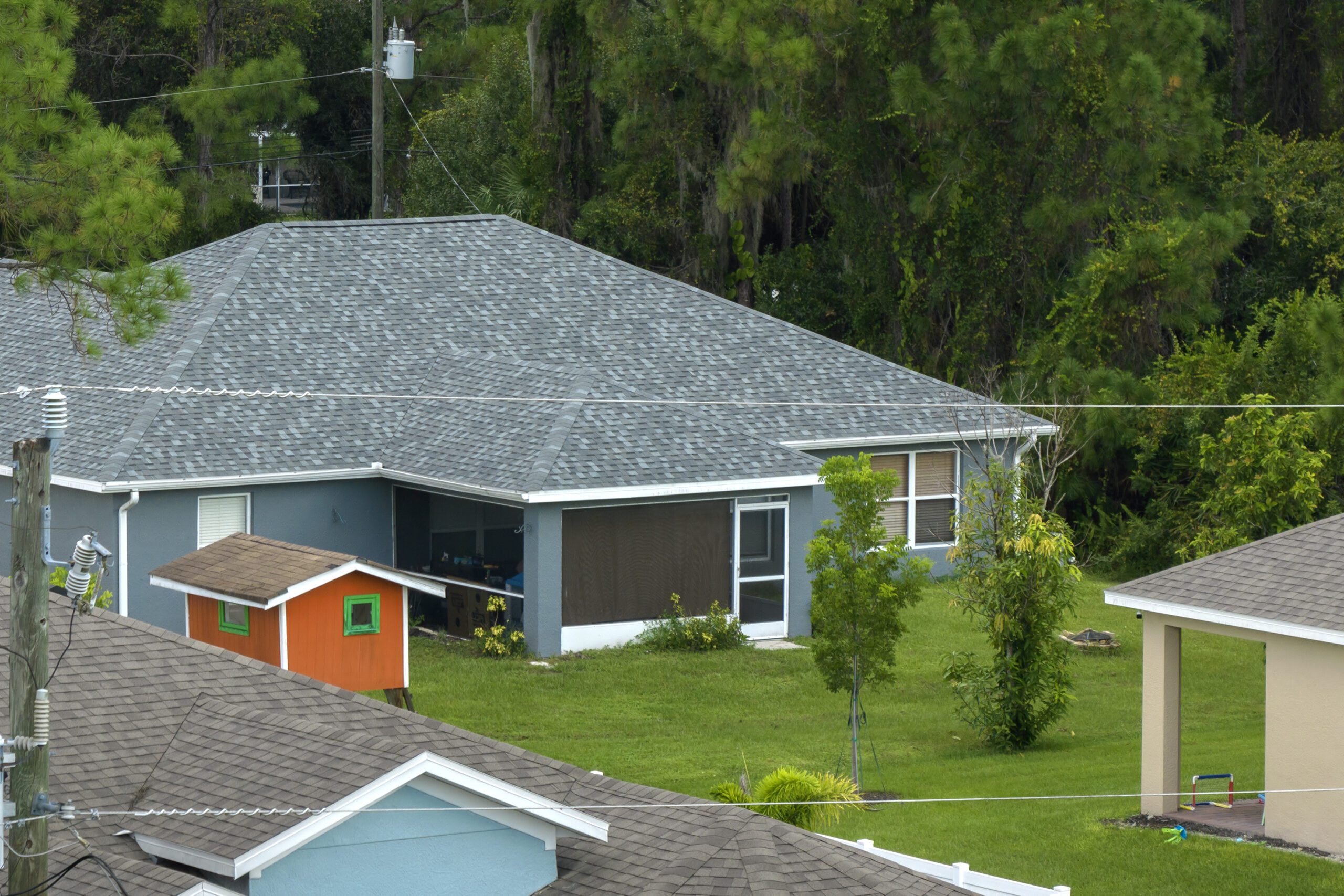Natural light can significantly impact the comfort, aesthetics, and energy efficiency of your home. Velux skylights, renowned for their high-quality design and performance, are an excellent solution for homeowners seeking to improve their living spaces with an abundance of natural light, fresh air, and enhanced energy efficiency. As the leading and most trusted residential roofing contractor in New Hampshire and Southern Maine, J. Carnes & Son Roofing specializes in guiding homeowners on the best skylight options for their homes, providing professional installation, repair, and maintenance services.
Velux skylights are designed to transform your home, bringing natural light and fresh air into your living spaces while providing energy-saving benefits. In the following sections, we will explore the specific benefits of Velux skylights, examine the available styles and features, and provide expert guidance on collaborating with a skilled contractor for a successful skylight installation and maintaining your Velux skylight solution for years to come.
Benefits of Velux Skylights
Velux skylights offer numerous advantages for homeowners looking to elevate their living spaces:
1. Natural Lighting: Skylights bring an abundance of natural light into your home, brightening interior spaces and enhancing room aesthetics. The additional light can improve mood, reduce eye strain, and create a more inviting atmosphere.
2. Energy Efficiency: By harnessing daylight, Velux skylights can reduce your reliance on artificial lighting, lowering energy consumption and utility bills. Some Velux skylights also provide passive solar heating, capturing sunlight to warm your home during colder months, resulting in further energy savings.
3. Fresh Air and Ventilation: Opening skylights facilitate natural ventilation and air circulation, helping to regulate indoor temperatures, reduce humidity levels, and improve air quality by removing stale air and odors.
4. Architectural Appeal: Skylights can enhance your home’s architectural appeal, adding a unique and attractive design element both inside and on the exterior.
Styles and Features of Velux Skylights
Velux skylights are available in various styles and options, catering to different preferences, requirements, and budgets:
1. Fixed Skylights: Ideal for spaces where additional light is desired without the need for ventilation, fixed skylights provide a simple, energy-efficient solution for introducing natural light into your home.
2. Ventilated Skylights: These skylights can be opened manually or via remote control to facilitate fresh air and ventilation, ideal for kitchens, bathrooms, or any area where improved air circulation is desired.
3. Solar-Powered Skylights: Equipped with solar panels, these skylights harness sunlight to power their opening and closing mechanism, reducing energy consumption and offering an eco-friendly option for homeowners.
4. Roof Windows: More extensive and accessible than traditional skylights, roof windows can serve as additional egress points or facilitate rooftop access while still providing the benefits of natural light and ventilation.
5. Customization Options: Velux skylights come with various glazing, shading, and control options, allowing homeowners to tailor the appearance and functionality to suit their needs and preferences.
Choosing a Reputable Installer and Ensuring Skylight Longevity
Ensure a successful Velux skylight installation and long-lasting performance with these essential tips:
1. Experienced Contractor: Select a reputable and skilled contractor like J. Carnes & Son Roofing, specializing in skylight installation and maintenance, to guarantee a precise and efficient installation compatible with your roofing system.
2. Quality Materials: Trust Velux, a reputable skylight manufacturer known for its high-quality and durable products that meet rigorous performance and safety standards.
3. Proper Flashing and Sealing: Your contractor should ensure adequate flashing and sealing to prevent water leaks, maintain your roof’s structural integrity, and avoid potential damage or costly repairs.
4. Regular Skylight Inspections: Schedule periodic inspections with your contractor to identify and address any potential issues, such as damaged seals, cracked glass, or worn weather-stripping, before they escalate into costly repairs.
5. Maintenance and Cleaning: Keep your Velux skylight looking and functioning at its best by performing routine maintenance, such as cleaning glass surfaces, inspecting seals, and lubricating hinges and hardware if necessary.
Conclusion
Velux skylights are an excellent solution for homeowners seeking to infuse their living spaces with natural light, fresh air, and improved energy efficiency. By understanding the benefits and various options associated with Velux skylights, collaborating with an experienced contractor like J. Carnes & Son Roofing, and performing routine maintenance, you can ensure a seamless skylight installation and enjoy years of enhanced comfort, beauty, and sustainability in your home.
Contact our team of professional roofers in Newton today to discuss your Velux skylight needs and transform your living spaces with a bright, inviting, and energy-efficient solution that elevates both the form and function of your home.


